About a week or so ago in a comment @livinguktaiwan suggested a few communities for me to post in. One of them was her community The LooLoo. For those unfamiliar, loo is slang for toilet. Mainly in UK English, but we do use it in the US sometimes. Anyway, how can I resist a community about toilets?
I've been thinking about what to write about them though. I mean... it's a toilet. You use it to, y'know, use it and that's the end of the story. Not really too much interesting going on.
So I was browsing the community, and I came across this post by @juecoree about the health benefits to using a squat toilet. Ahhh there we go, that's something I can write about.


I've been living in Japan for many years. Around 20. Now when most people think of Japanese toilets they probably picture something like this:
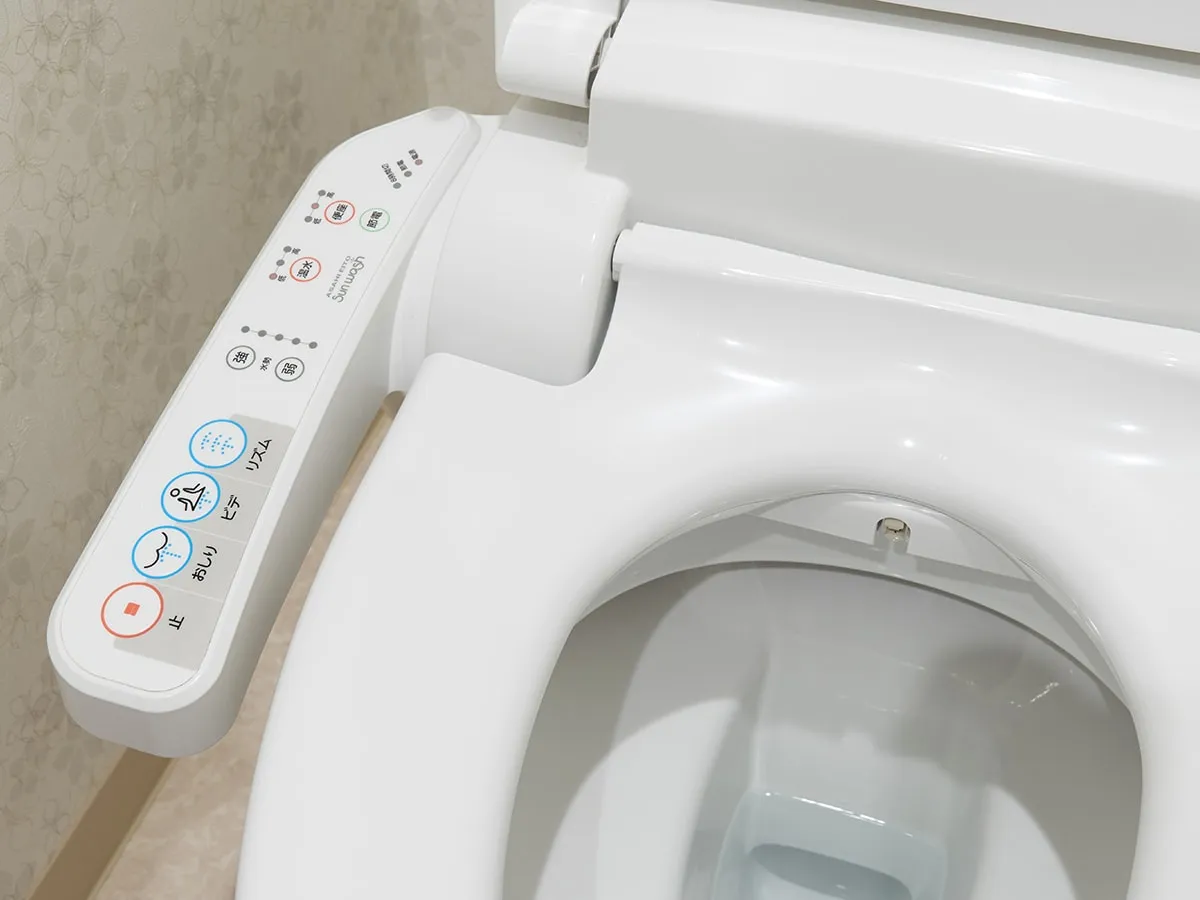
A magical device that has warm seats, various water squirting abilities, even noises to mask your own farts if such things embarrass you. It's a magical land of futuristic toilets!
Well... kind of. Yea, Japan does have these and they are becoming increasingly common all the time. But Japan also has this:
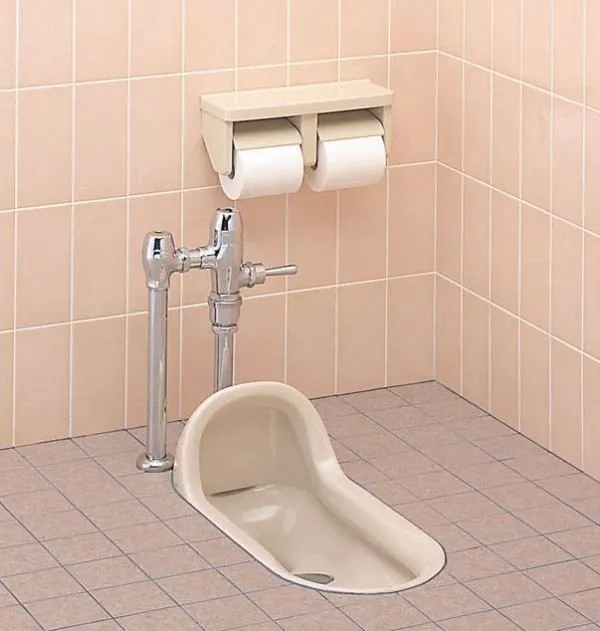
The dreaded squat toilet!
Foreigner fear and don't entirely understand the squat toilet. There will usually be at least a page or two mentioning them in most travel guides. If you go to YouTube you will find all kinds of videos from tourists, calling squat toilets "gross", "disgusting", "fucked up", weird", and just about every other negative thing you can think of.
Foreigners will avoid them at all costs. I shouldn't say foreigners, because it's not all foreigners. For people in many parts of the world the squat toilet may seem normal enough, but in most Western countries it is quite the curiosity and at first glance seems difficult, painful, and gross—an object to be mocked and avoided.
I remember when I came here all those years ago, part of my company training even mentioned them and warned us about them. One girl in my training group couldn't understand how to even use them and kept asking questions about it. Seriously. Crazy times, man.
The thing is, as @juecoree mentioned in the aforementioned post, it is healthier for our body to squat when we poo. It comes out faster and easier because squatting makes the tubing straighter. Sitting on a toilet to do our business eventually can lead to bad things, like constipation and hemorrhoids and even colon cancer. Really: sitting when we go is not good for us and squatting is, it's really that simple.
At least in the States there have been some recent efforts to educate people on the advantage of squatting to poop and offered a device that helped put you in a similar position on a Western toilet. But even with this increasing awareness, almost everyone in the West still fears the squat toilet.
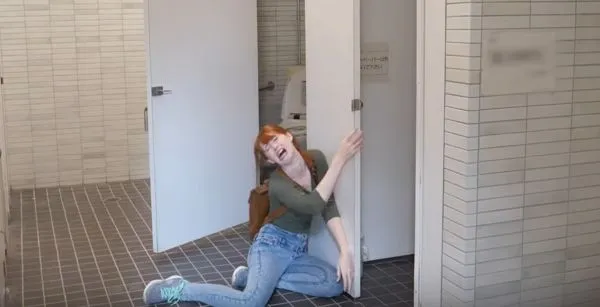
(taken from this video)
I think a lot of that has to do with squatting itself.

First we should specify. We're not talking the crouch baseball catches do that many Westerners associate with the word squat. I'm talking about what some people call the "Asian squat" where your feet remain entirely on the ground, your knees in front of you (not to the sides) and your butt gets close to the ground. This:
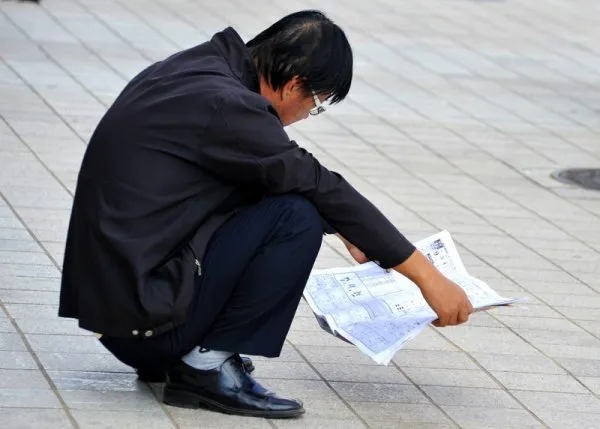
This squatting pose is a very natural position for the human body. For this reason it is a restful pose that many people do when they want to relax. You see this around Japan a lot.
But in many developed countries, we've developed the unfortunate habit of sitting in chairs instead of on the ground—and sitting on those chairs for way way too long. This has the effect of making our hip muscles extremely tight, shortening the hip flexors, and decreasing flexibility in the knees and ankles, not to mention making the hamstrings tight, a problem that plagues many people in the West. These effects compound over a lifetime so much so that squatting in this position that should be restful and relaxing instead becomes nearly impossible for us to do—and even when we can do it it does not feel relaxing in the least and is very uncomfortable
If you want some stretches to help you do the asian squat, by the way, just do a YouTube search for something like "How to do the asian squat". There are tons of videos. Even if you aren't in Japan and have no intention of ever using a squat toilet, a little flexibility training is never a bad thing.
Anyway, unfamiliar with the full asian squat and unable to do it, Westerners avoid even the idea of squatting to use the toilet.
Blah blah blah. I doubt anything I write is changing any minds. So let's move on.

Public toilets in the train or subway stations, at parks, and at schools all tend to be squat toilets. They might be clean or might not, just depending on the place. But you squat, do your business, and never touch any surface, so it doesn't really matter if they aren't clean.
Other places usually have Western toilets and I've never seen any of these in any other condition than spotless. I swear—they much have a cleaning person come in every 10 minutes to keep them so clean.
Some of the signs you see about squat toilets are funny.
Here would be a normal one.
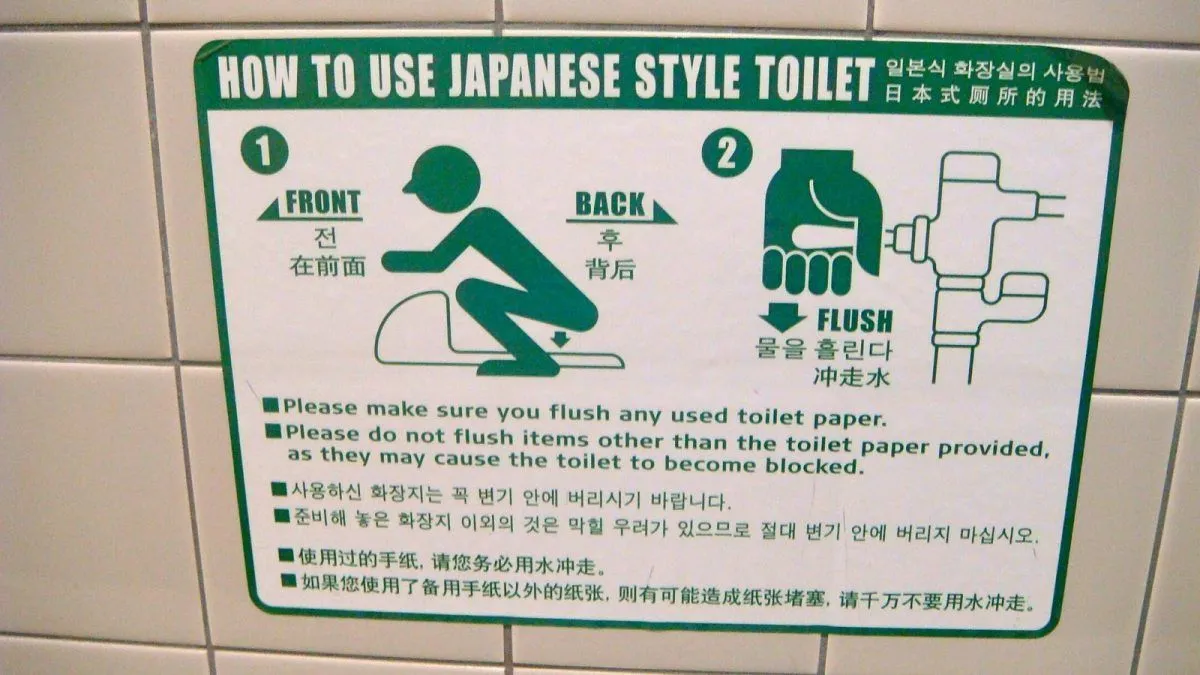
But you do occasionally see more humorous signboards. Like this:
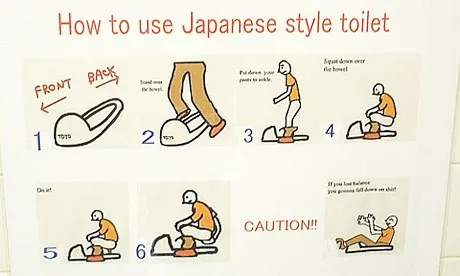
or this:
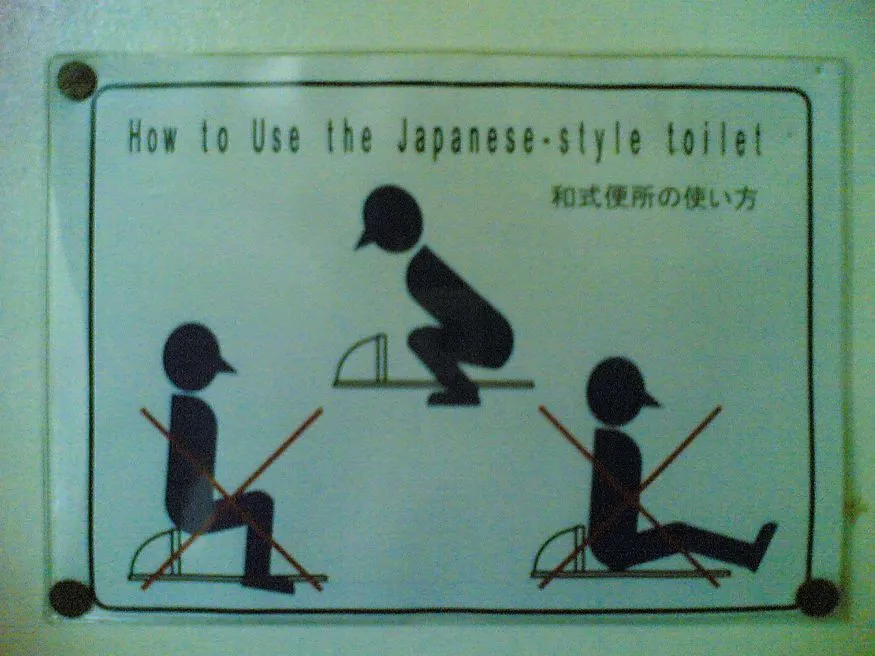
The funny thing is, Japan gets a lot of tourists from countries where squat toilets are the norm. And these people have to be educated about how to use a sit-down toilet.
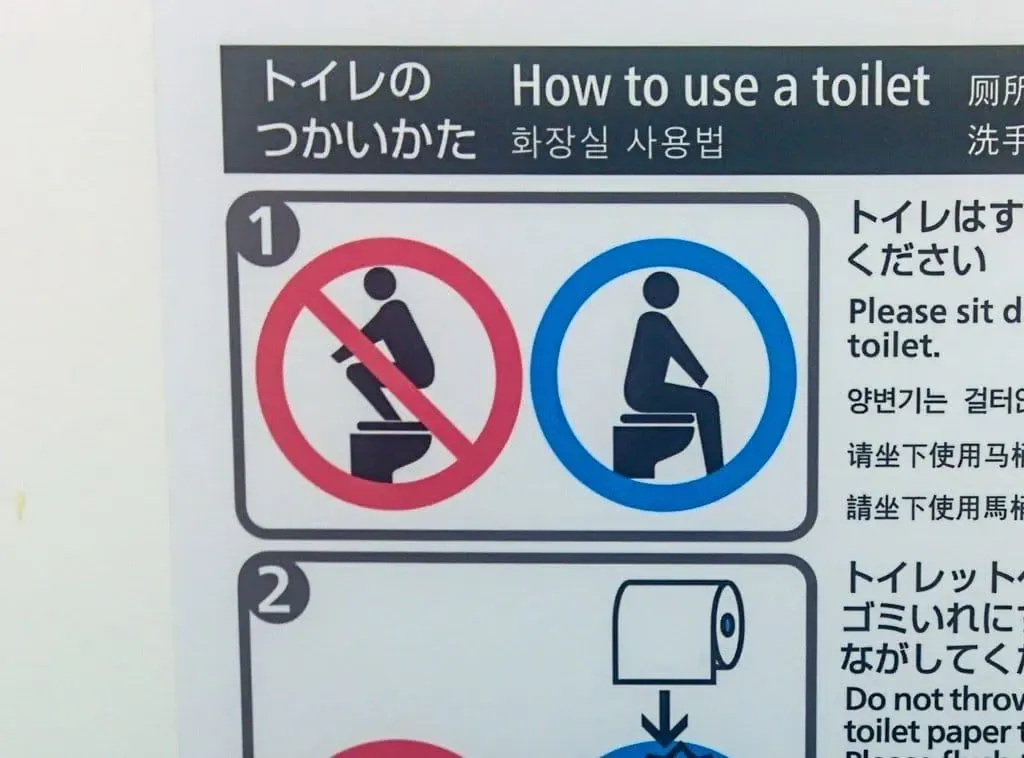
Besides the increased chance of slipping, I imagine people trying to squat on a sit-down toilet can break the seat.

Well there you go. More than you probably ever wanted to know about squat toilets in Japan.
After 20 years here, I have no problem using them and even seek them out sometimes when I have the choice. I wouldn't say the asian squat is relaxing for me as it is to so many people who grow up doing it, but it's not uncomfortable and sometimes can feel good when I need a stretch. If you ever visit Japan, give one a try. You might like it! (Don't worry too much if you can't do the asian squat; they usually have a bar to hold on to for older people or folks without very good balance)
❦
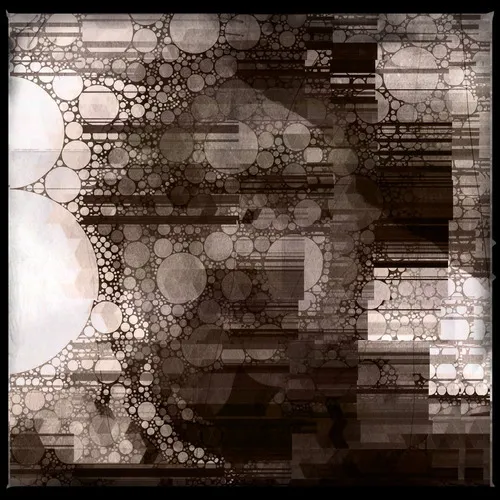 |
David LaSpina is an American photographer and translator lost in Japan, trying to capture the beauty of this country one photo at a time and searching for the perfect haiku. |